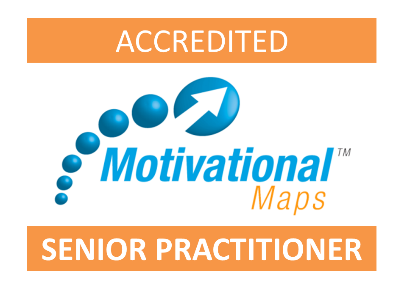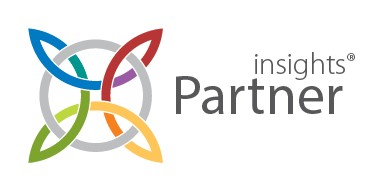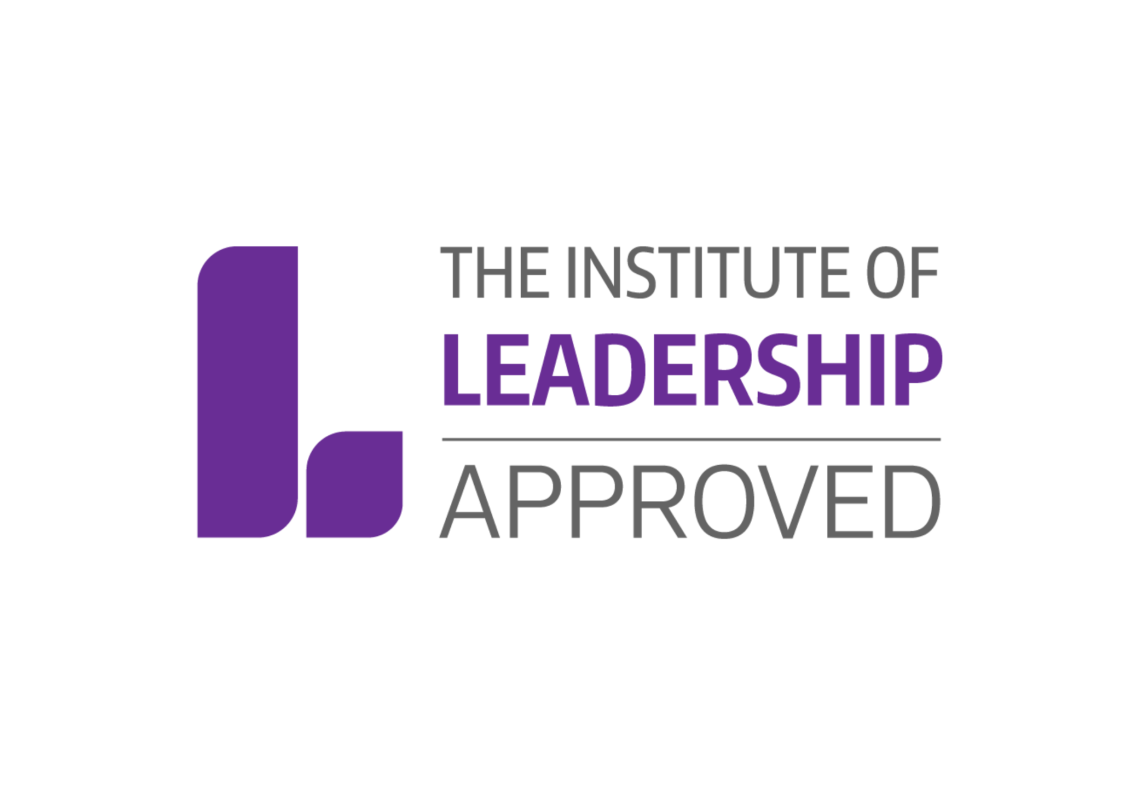It’s funny isn't it, it’s been several decades since I have been a student, but September to me always marks the beginning of the year. That back to school feeling is undeniable. The slight chill in the air that I feel in the morning takes me back to that sense of newness. And for me this sense of newness is stronger, more vivid and more useful than the beginning of the calendar year.
It seems I am not alone in feeling this either. For years, this has been the time when my clients re-emerge, fresh from their summer breaks, keen to get on with the year ahead. At this time of year, leaders would be having conversations with us about their next Team Away Day and how they can use this to enable the team to work even more effectively together over the coming months. This formula has worked for years. It is what people have come to expect. But this year, things are very different. We are all very different.
But rather than talking about a ‘new normal’, I like to think about the ‘New Better’.
One area where I think we can make a real difference towards the ‘New Better’ is in the way we develop teams. There is no doubt we need to develop teams. Having initially coped through the early days of the pandemic, leaders are now adjusting to how to get the best from their people no matter where they are working. The question is how we develop teams in a better way that can set us up well for the future.
To address that question, I have reflected on how I saw team work prior to Covid-19, and then compared that to what I’ve seen during the last six months. In some cases, I see an amplification of what I witnessed before. In other cases, I see that the pandemic has been the catalyst for new ways of working. A new way of working, in fact, which people have been crying out for, for years.
Let me give you some examples, and then link it back to the three components of performance – the WHAT, the HOW and the WHY BOTHER.

Before the pandemic, our expectations of WHAT needed to be delivered by when, were rising without a corresponding increase in resources. Now I see a laser like focus on what needs to be achieved. The ‘to do’ list may not feel any shorter, but I am definitely sensing that the collective actions of people are much more aligned on a few key deliverables. We’re witnessing that ‘rallying cry’ that Patrick Lencioni identified to deliver high levels of team performance. Finally, the WHAT has become clearer.
Before Covid-19, and in times of stress, I would see knee-jerk reactions made by people leaders. This meant they were very ‘tell’ in their leadership style. This often led to team members stepping down or becoming more dependent on leaders. The Covid-19 crisis, for many, did not afford the opportunity to work in this way – to trigger this bad habit. Instead, it compelled many leaders to think about HOW they worked. I saw leaders start to involve their teams more, trusting and empowering them in the process. This enabled team members to step up and step forward. I am certain it is through this that we have witnessed increases in productivity for many whilst working from home, plus greater innovation and creativity. The HOW of leadership has shifted and, along with it, the behaviours of teams.
Before Covid-19, I also saw many leaders digging deep and pushing through in order to meet their targets. And actually, through the early stages of the pandemic, this continued. There seems to be an assumption that, only by doing more of what we were already doing, can we achieve our goals. For some, this assumption has continued, and I fear they will be the leaders who, as in days of old, will burn out.
For others though, I see a very different story. They are seeing this time as a new dawn; a chance to question this underlying assumption. They are asking WHY BOTHER?
I’m seeing more people question their motivations for working, and certainly the answers they are coming up with are helping them to find ways to work differently to ensure they harness their motivation. There is a growing sense that life is too short for drudgery and lack, and now is the time to find ways to fall back in love with our work.
My hope is for a ‘New Better’. It’s time that we reset expectations so that everyone in a team is seen as a leader. It’s time to allow everyone to fully show up, take responsibility for themselves and be deliberate.
At Motivational Leadership, we call this approach CREATE Motivation. This is an approach to team working which combines the three essential components of performance.
- Aligning a team behind WHAT needs to be achieved;
- Exploring and building on HOW the team will achieve it by focusing on key behaviours;
- Harnessing the WHY BOTHER – what motivates each member of the team.
The result? Team members have a greater sense of clarity about what good looks like and can target their actions more efficiently. They have a better understanding of themselves and others and can use this new awareness to play to each other’s strengths. And finally, team members take greater responsibility for their own motivation so they can what’s required to meet their needs and wants at work. This means that rather than work being a drain on their energy, it becomes the source of energy. Take this together, and you have a team which is able to step up to the challenges we are now facing and step up in a way that is sustainable longer team too.
To find out more about the CREATE Motivation model, register to get your free resources here.






CONNECT WITH US!